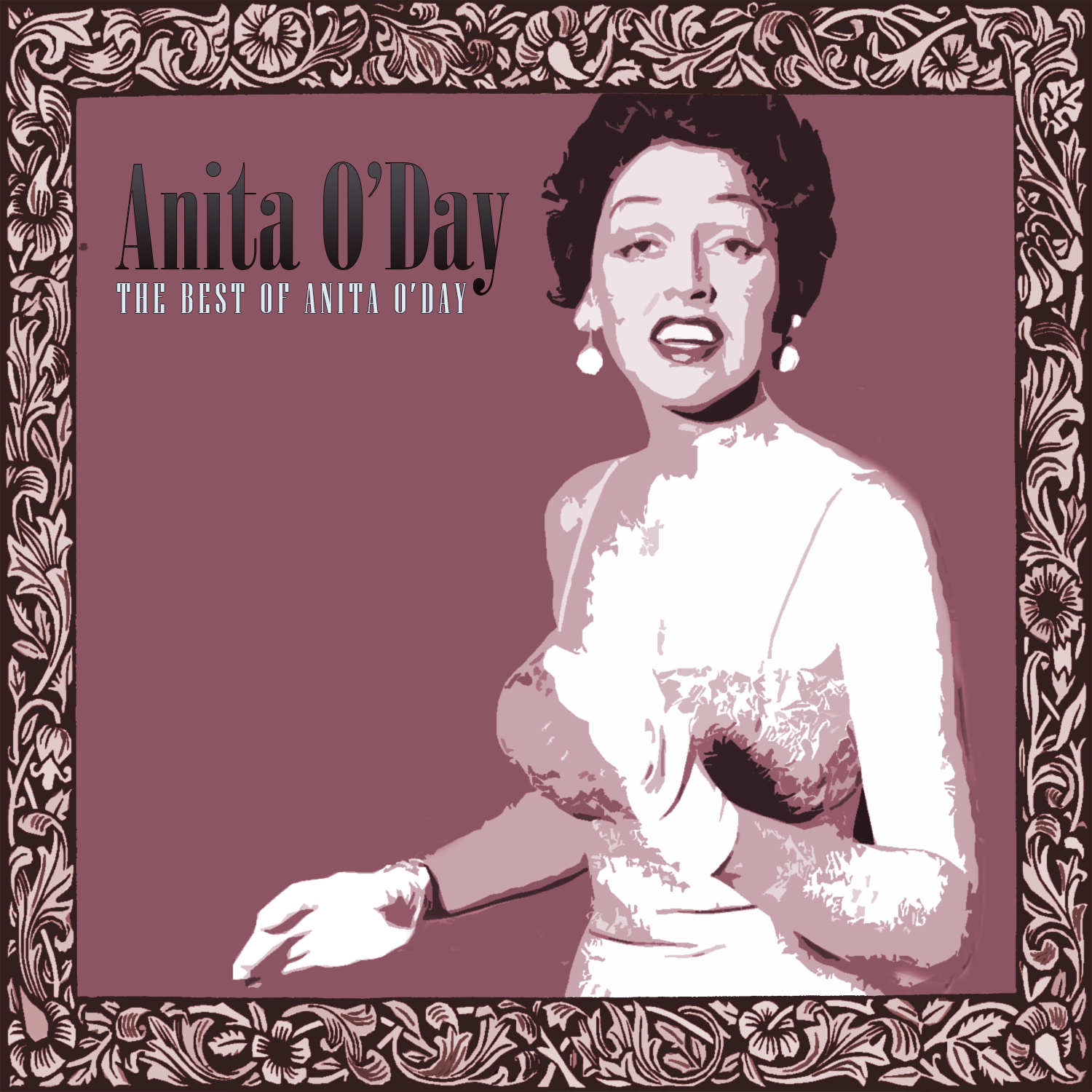Anita O’Day (October 18, 1919 – November 23, 2006) was a big-band and jazz vocalist who defied racial and other boundaries, becoming perhaps the only white woman to be classed among the great jazz singers of the 1940s and 1950s. Her hits included “Let Me Off Uptown,” with trumpeter Roy Eldridge, and “And Her Tears Flowed Like Wine.” Born Anita Belle Colton, O’Day was admired for her sense of rhythm and dynamics, and her early big band appearances
[more]Anita O’Day (October 18, 1919 – November 23, 2006) was a big-band and jazz vocalist who defied racial and other boundaries, becoming perhaps the only white woman to be classed among the great jazz singers of the 1940s and 1950s. Her hits included “Let Me Off Uptown,” with trumpeter Roy Eldridge, and “And Her Tears Flowed Like Wine.”
Born Anita Belle Colton, O’Day was admired for her sense of rhythm and dynamics, and her early big band appearances shattered the traditional image of the “girl singer”. Refusing to pander to any female stereotype, O’Day presented herself as a “hip” jazz musician, wearing a band jacket and skirt as opposed to an evening gown. She changed her surname from Colton to O’Day, pig Latin for “dough,” slang for money.
The call from Gene Krupa came in early 1941. Of the 34 sides she recorded with Krupa, it was “Let Me Off Uptown”, a novelty duet with Roy Eldridge, that became her first big hit. That same year, Down Beat named O’Day “New Star of the Year”. In 1942, she appeared with the Krupa band in two “soundies” (short musical films originally made for jukeboxes), singing “Thanks for the Boogie Ride” and “Let Me Off Uptown”. The same year Down Beat magazine readers voted her into the top five big band singers. O’Day came in fourth, with Helen O’Connell first, Helen Forrest second, Billie Holiday third, and Dinah Shore fifth. O’Day married golf pro and jazz fan Carl Hoff in 1942.
When Krupa’s band broke up after he was arrested for possession of marijuana in 1943, O’Day joined Woody Herman for a month-long gig at the Hollywood Palladium, followed by two weeks at the Orpheum. Unwilling to tour with another big band, she left Herman after the Orpheum engagement and finished out the year as a solo artist. Despite her initial misgivings about the compatibility of their musical styles, she joined Stan Kenton’s band in April 1944. During her 11 months with Kenton, O’Day recorded 21 sides, both transcription and commercial, and appeared in a Universal Pictures short Artistry in Rhythm (1944). “And Her Tears Flowed Like Wine” became a huge seller and put Kenton’s band on the map. She also appeared in one soundie with Kenton, performing “I’m Going Mad for a Pad” and “Tabby the Cat”. O’Day later said, “My time with Stanley helped nurture and cultivate my innate sense of chord structure.” In 1945 she rejoined Krupa’s band and stayed almost a year. The reunion yielded only 10 sides. After leaving Krupa late in 1946, O’Day once again became a solo artist.
[less]